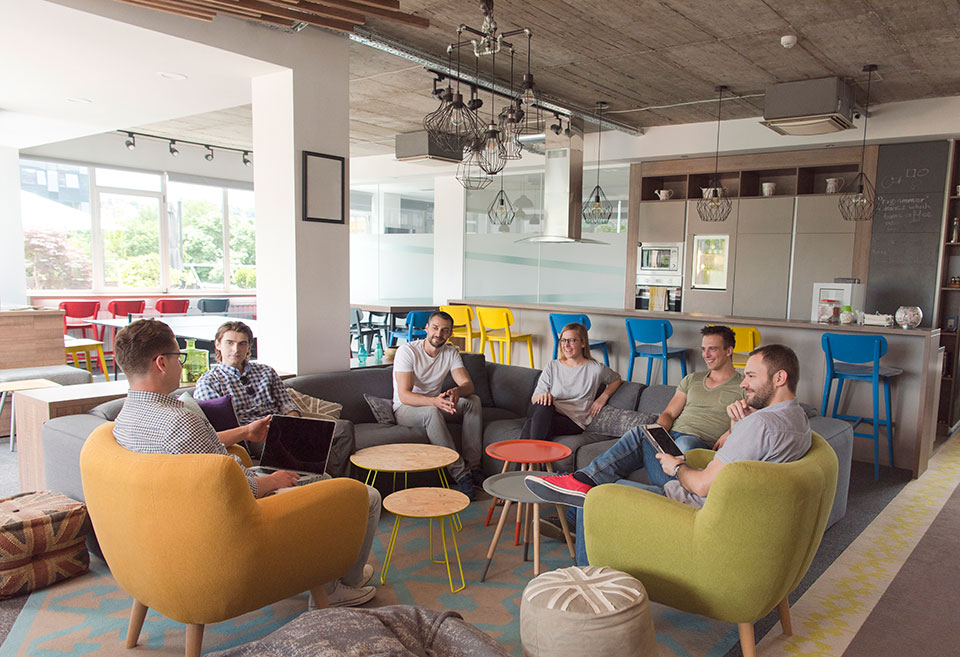A Look At The New Product Development Process (NPD)

What are the steps to launch a product? It is not only about the steps we have to follow and the sequence of these steps, it also has to do with the fact that once we complete a step we move forward and we avoid coming back to re-evaluate the situation. Otherwise, we are making circles.
All businesses have a risk our job is to minimize it as much as possible and this is where we will turn our focus today.
- Idea generation
Idea generation is divided into internal and external depending on the sources. The internal idea sources are mainly the result of brainstorming from the employees of the company and the purpose is to generate as many as possible. In the second case, we focus our attention on what happens in the outside world. Many times it is our competitors that will give us ideas on how to move on. Other times it can be the suppliers who drop suggestions on how to manufacture something. - Idea screening
Idea screening is the next step the team has to complete. At this point, we filter the good ideas and drop the poor ones. To produce and launch a product, the cost can be pricey. It is, therefore, important to keep only the ideas that can be transformed into profitable products. - Concept development
At this stage, we take the screened ideas and turn them into concepts that make sense as consumer products. The product idea has to be meaningful in consumer terms. So, we basically need an idea for a possible product, a detailed version of this idea, and a product image that will help consumers perceive the product. - Concept testing
Before launching to the market and we start ordering big quantities of the actual product, we need to have a clue of how the market will respond to that. The company will expose the idea to a target group and ask them to evaluate their experience. The question here is to see if the concept has a strong consumer appeal. The group we address has the characteristics that our potential clients will have. - Marketing strategy development
When a built-up concept of a promising idea is finalized, we need to take action and see how we will launch it on the market, and to do so we need a strategy. This step needs serious thought and examination. We need a clear description of the market we intend to enter, the planned value proposition, the sales, and market share. We also have to decide what our profit goal for the first 3 to 5 years is. A raw estimation of the budget we will spend on marketing for the first year is essential. The price we intend to put on the product and the outline regarding its distribution is also critical. Keep in mind that once you complete the estimations for the start of the product’s journey you will have to clarify your ambitions about the long-term sales. - Business analysis
As we go deeper into making our idea reality we come across real challenges and these are the details of our finances. We need to explore the product’s financial attractiveness. Costs and sales review are included in this step. Still, we haven’t started product development. To see whether it is worth doing it we have to check whether it can meet the company’s expectations in other words profits. Profit projections will let us know whether it is worth the trouble. At the same time, we have to watch our back and estimate if the product will sell indeed. The sales history of similar products will have to be examined. However, we can only have an estimation of the range of the sales. - Product development
We finally let the game begin. The process of producing a prototype is in this stage. The challenges here are three. First of all, we have to make sure that the actual costs are consistent with what we assumed. In many cases, tests show that our budget has to be increased and this leads to further discussion. In addition, we have to make safety tests which can take place in the facilities of the firm or they can be purchased from other companies. Last but not least, we could again give a sample to people to test it. Having a physical product is much different than having a concept. - Test marketing
At this stage, the product is out on the market. We consider that the initial period is used to test the market and the marketing strategy. The product is sold but the company has not yet proceeded to full production which means huge expenses. Mistakes in our strategy will be detected and major catastrophes will be avoided. - Commercialization
As you imagine at this point we launch the final product. The aspects the company has to decide right now are the time and place of the product’s introduction. This is when most customers will learn about the product so timing is important. If for example, competitors are coming out aggressively, perhaps you need to speed things up. You can also decide whether you will go for a national or a local launch.
Bring the best of the CEOWORLD magazine's global journalism to audiences in the United States and around the world. - Add CEOWORLD magazine to your Google News feed.
Follow CEOWORLD magazine headlines on: Google News, LinkedIn, Twitter, and Facebook.
Copyright 2025 The CEOWORLD magazine. All rights reserved. This material (and any extract from it) must not be copied, redistributed or placed on any website, without CEOWORLD magazine' prior written consent. For media queries, please contact: info@ceoworld.biz











